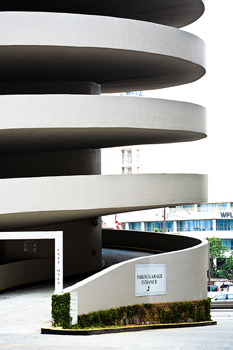
From a veteran hiring manager’s perspective, I’ve found that the weakest part of most job search processes is the deplorable state of follow-up. You can go from the perfect candidate to the bottom of the list before you even know it!
It’s so much more than thank you notes! (By the way, why aren’t you sending yours?) Thank you notes and follow-up communications are NOT optional; they are required.
Great follow-up can put you ahead of other candidates:
- It shows persistence; you’re demonstrating a skill that may be needed in the job itself.
- You can expand, reinforce, or clarify something discussed in the interview. It prevents the hiring manager or recruiter from forgetting about you.
- Your follow-up reinforces that you want the job.
- Good manners are always valued.
And the downsides of NOT following up are:
- Some hiring managers will dismiss out of hand an applicant who does not send a post-interview thank you note, saying it indicates poor follow-through and a lack of interest in the position.
- Other candidates will follow up, so you lose an opportunity to compete for that job.
Here’s what world-class follow-up looks like:
- Send a note within 24 hours while it’s still fresh in your mind—and the company’s.
- Address a note to each individual person you met with.
- Spell everyone’s name correctly, including the company’s.
When you are ready to send your thank your note, follow this simple outline:
- First – always – thank them for the opportunity to meet and for taking time out of their day to do so.
- Next, note why you think you are the right candidate for the role. No more than 3 reasons. Bullet points are optimal here. This is an opportunity to elaborate on why you are a great fit, in writing, beyond your initial cover letter and interview.
- Close with these 3 points:
1. Express your interest;
2. Commit to following up with them again within a specified time frame; and
3. Thank them, again, for their time and consideration.
Send a second follow-up note no more than 5 working days after the first one, following this structure:
- Begin with a pleasantry, followed by a sentence explaining where you left off during your last communication. “You had indicated to me that you’d be making your final decision during the week of (date), and I just wanted to follow up to see where you are in that decision.”
- Include something of value in your follow-up instead of being perceived as nagging. Perhaps you just completed some training, closed a big deal, or finished a major project. If you are volunteering or taking outside courses while unemployed, talk about that.
- Close with the next follow-up you will initiate. Don’t ask them to call you back. Instead, let them know that “I’ll follow up again within a few days, but in case you need to reach me, here is the best contact number: XXX-XXX-XXXX.”
Watch for Post-Job Interview Follow-Up: From Deplorable to Dynamite (Part 2 of 2), where I share some additional tricks and ways to deal with common mistakes and excuses as they relate to Job Interview follow-up. I want to help you stand out and win that job! Feel free to comment below with any additional challenges you face!
Let me give you a hand; I’m ready to help!
Dana



